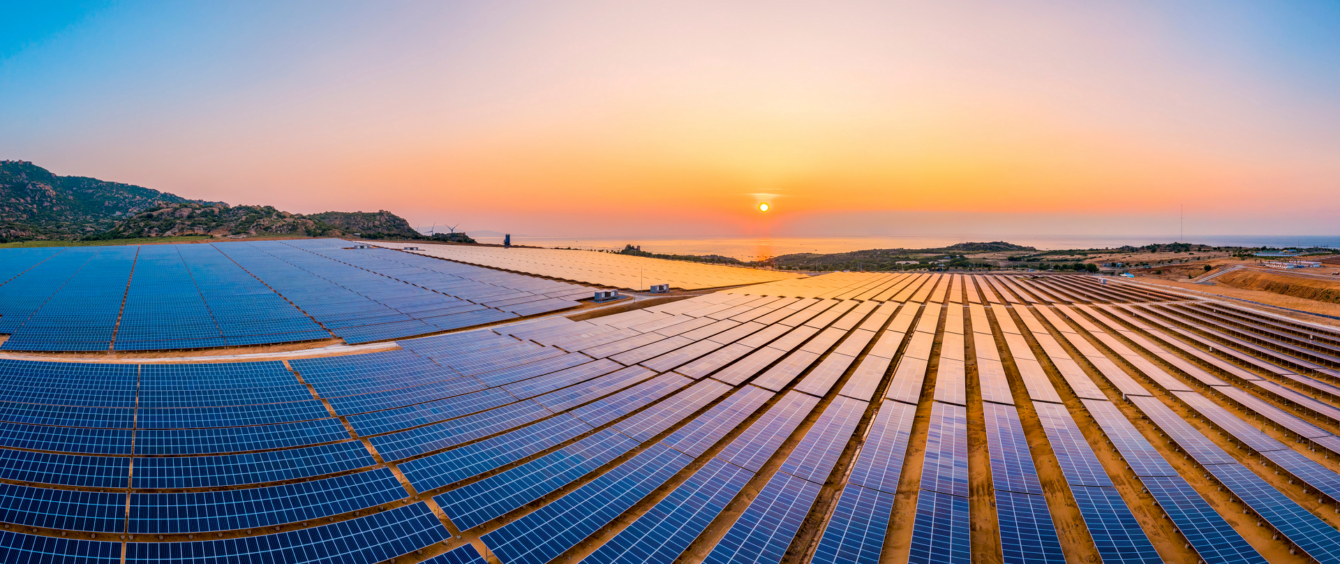2022 was a tumultuous year across the energy sector, owing to sharply higher prices and a threatened shortage of gas in Europe. However, according to data from consultants Rystad Energy, the reaction of companies and consumers has been good for the energy transition.
New data shows that construction starts for new renewable energy capacity, including electricity storage, jumped 42% in 2022 from 286 GW to 406 GW worldwide. Rooftop solar starts rose 51% to more than 80 GW as consumers turned to own-generation to escape high retail electricity prices.
Two other data sets demonstrate the energy transition’s growing momentum: the amount of capacity awarded in renewable energy auctions in 2022 increased 26% year on year to over 110 GW, and there was a huge number of new project plans announced.
2023 spending faces inflation concerns
Rystad has also produced estimates of what to expect this year. According to the company, low carbon investments will rise by $60 billion in 2023 to $620 billion, with a notable surge in the more nascent hydrogen and Carbon Capture, Storage and Utilisation (CCUS) sectors.
While substantial, this represents a 10% rise on 2022, lower than the average 20% increases seen in preceding years. Rystad attributes this to two years of rapidly rising prices, causing developers to proceed more cautiously with their development plans.
The report says that spending is likely to rebound as inflationary pressures recede.
Polysilicon price drop will boost solar deployment
Solar and onshore wind will see the highest investment levels. Solar investments are expected to rise 6% this year to $250 billion. However, falling polysilicon costs mean this spend will result in a 25% increase in installed capacity to 1,250 GW.
While the prices of most other commodities have been rising, polysilicon prices have bucked the trend, falling by more than 50% since August 2022 as new production capacity came online. The price of polysilicon is the primary driver of the cost of solar cells.
Asia invests the most, Africa catches up
Onshore wind spending is forecast to increase by 12% to $230 billion and offshore wind by 20% to $48 billion. Investment in new pumped hydro projects trebled to 40 GW, with China accounting for two-thirds of the total. Utility spending on battery storage more than doubled worldwide.
Spending in the hydrogen sector is expected to rise 149% and on CCUS by 136% to reach $7.8 billion and $7.4 billion, respectively. While a huge increase, both sectors remain small in comparison with established renewable energy technologies such as wind and solar.
Regionally, spending on low carbon technologies is expected to be highest in Asia, while Africa sees the most growth in spending in percentage terms at 26%, driven primarily by an expanding onshore wind sector in Egypt. Investment in North America is expected to rise 9% and in Europe 7%, a rate insufficient to meet the targets set out in the EU’s REPowerEU plans, according to Rystad.
Nonetheless, the surge in new renewable energy and storage construction starts in 2022, higher spending this year, and signs that inflationary pressures are starting to ease, all suggest 2023 will see substantial new clean energy capacity added to energy systems worldwide.
